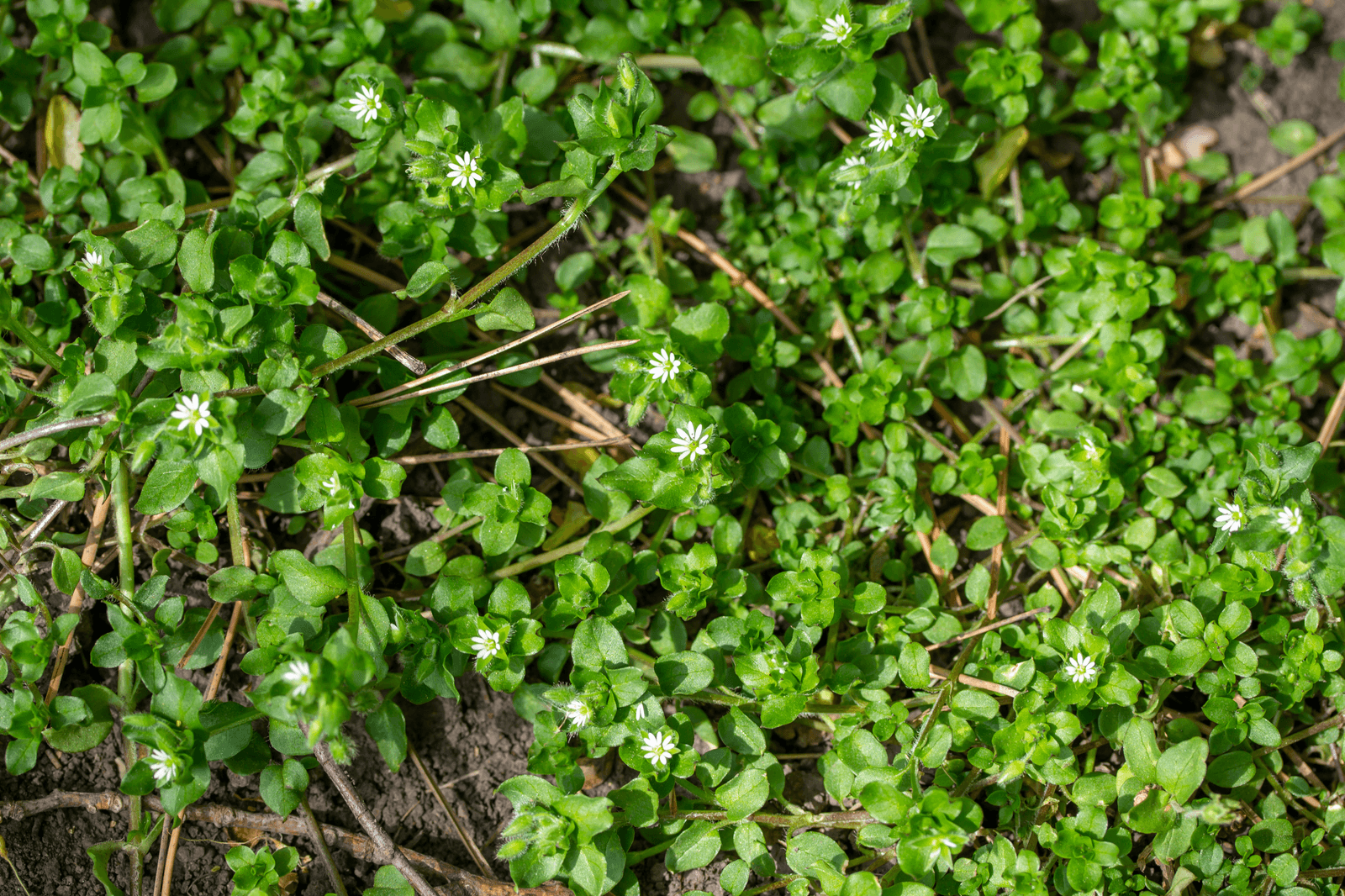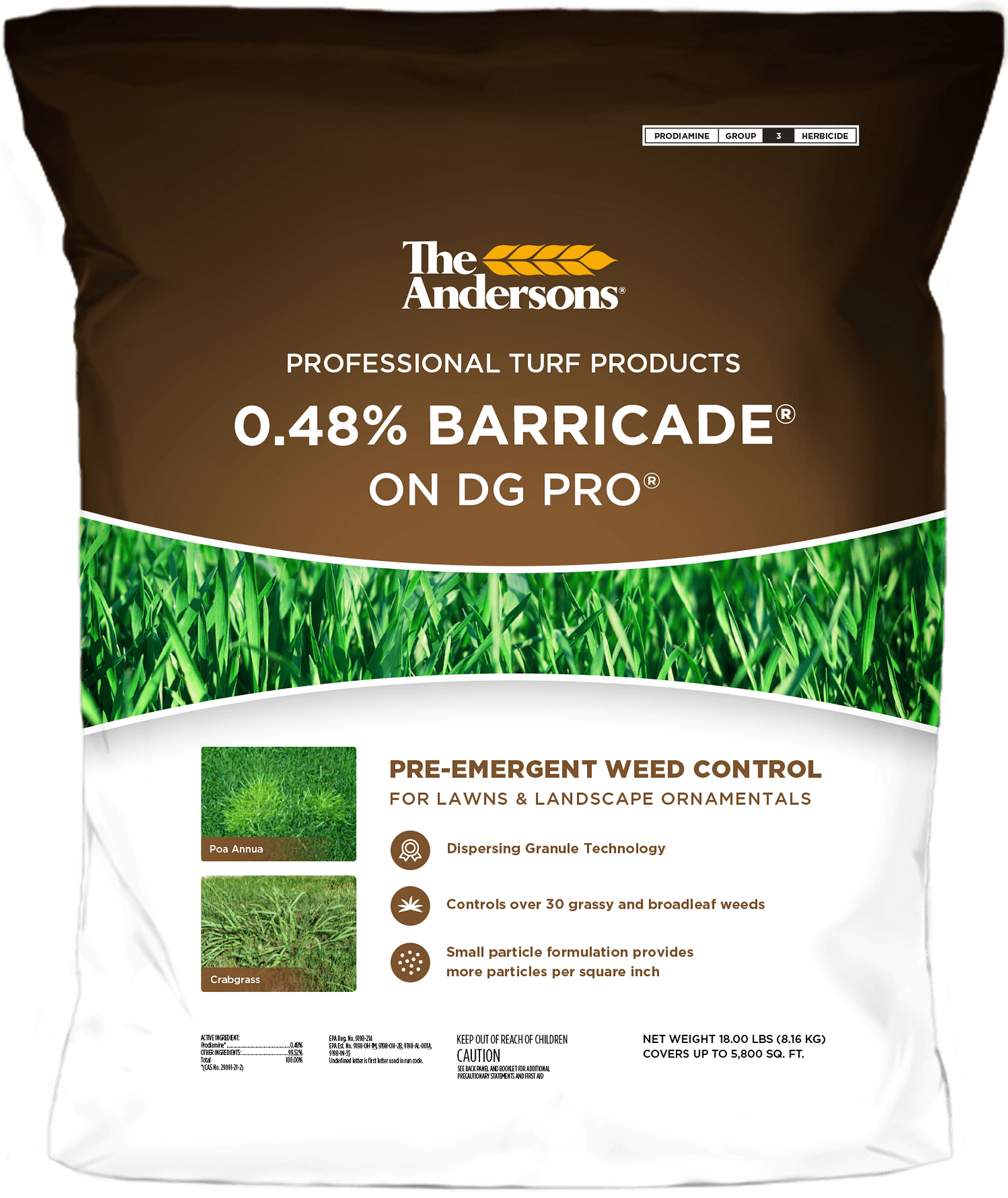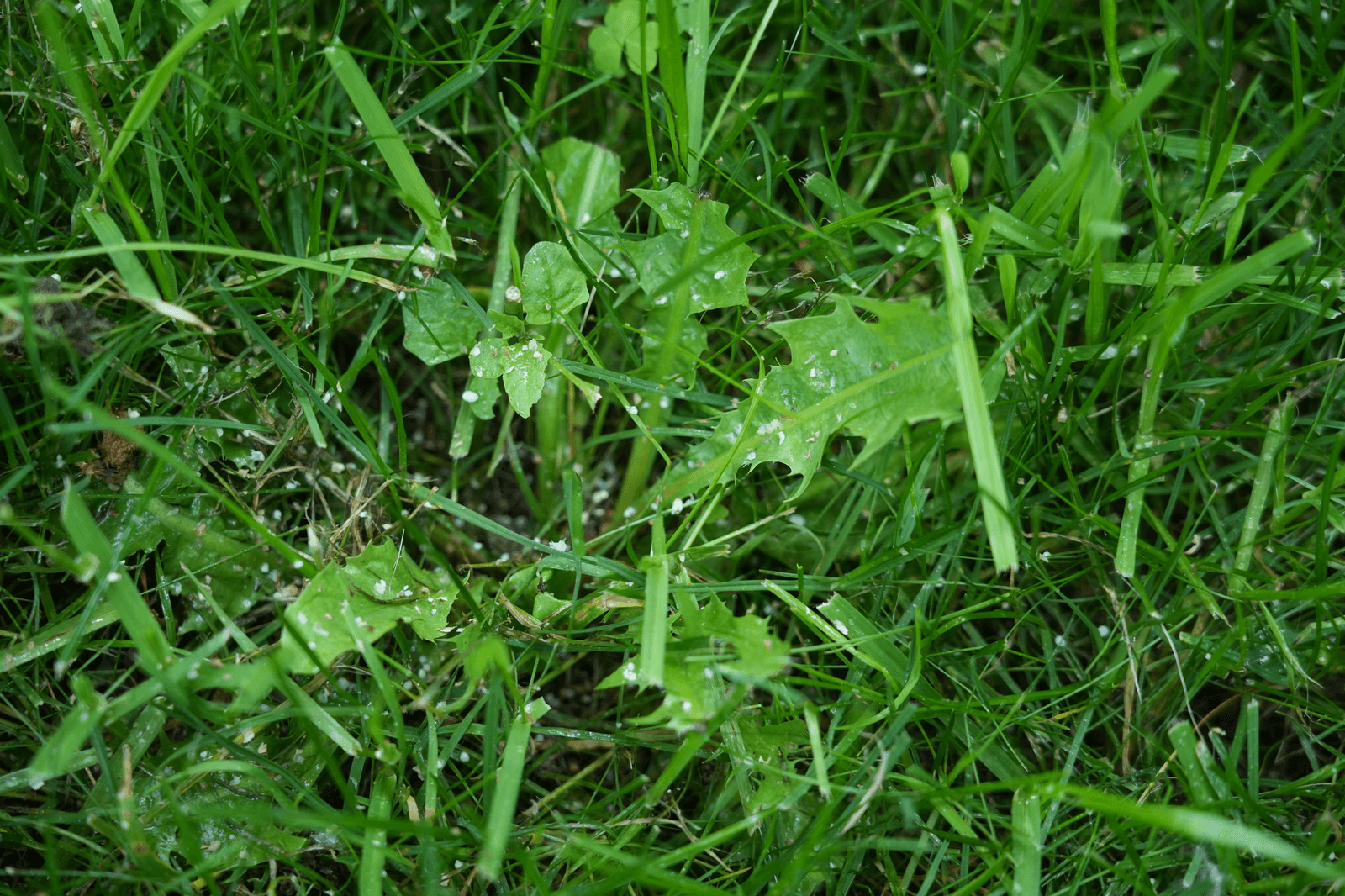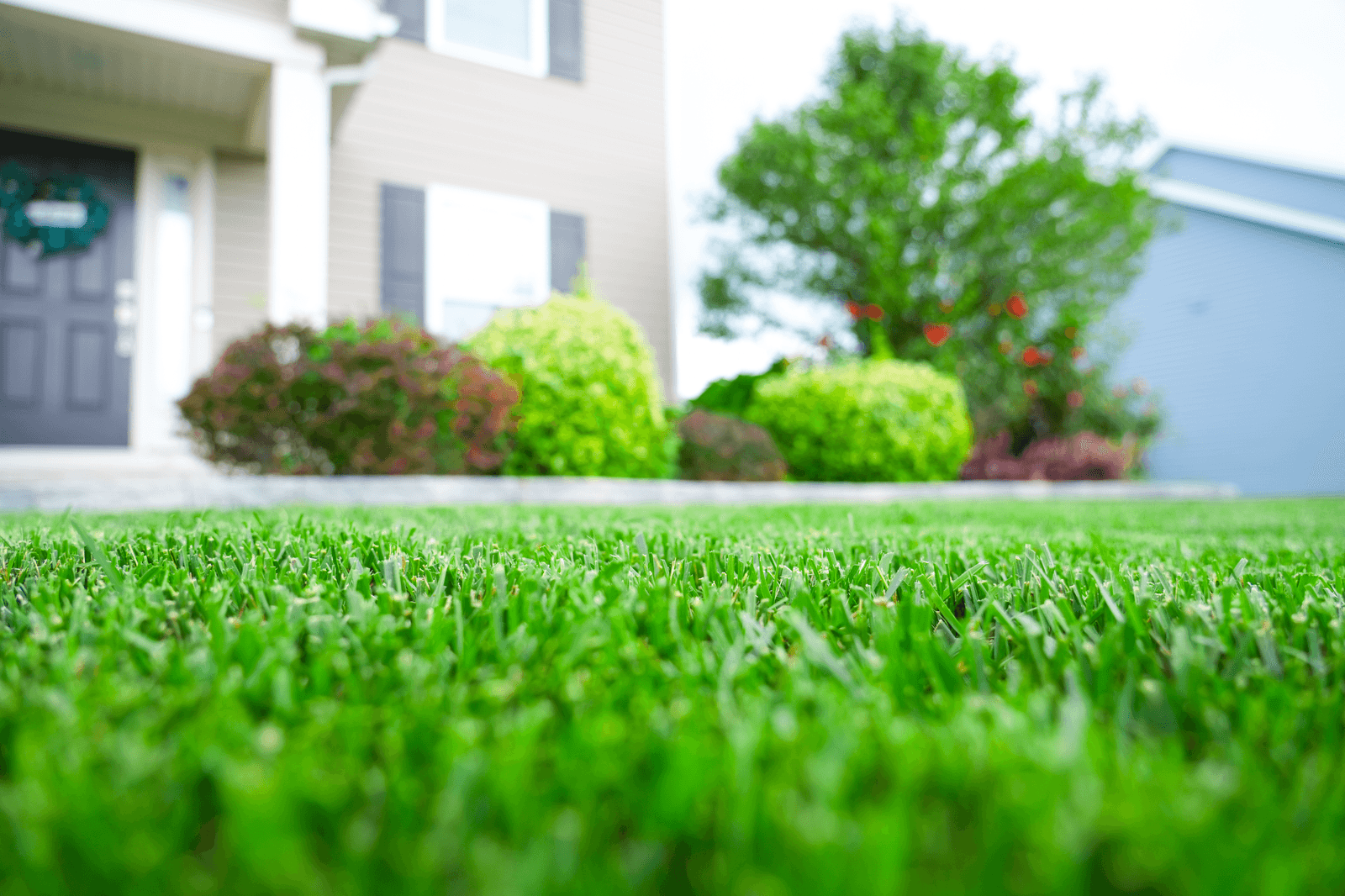As the vibrant colors of autumn fade and winter approaches, many homeowners begin to notice unsightly weeds popping up in their lawns and gardens. These pesky intruders are often annual winter weeds, which can take hold and proliferate during the colder months. In this blog, we’ll explore what annual winter weeds are, how to identify them, and the best strategies for prevention and control.
What Are Annual Winter Weeds?
Annual winter weeds are plants that complete their life cycle in one year, germinating in the fall, growing through the winter, and producing seeds by spring. They thrive in cooler temperatures and can quickly establish themselves, competing for nutrients and space with your desired plants.
Common Types of Annual Winter Weeds
- Poa Annua (Annual Bluegrass): A common nuisance in lawns, this weed has a fine texture and a light green color. It thrives in moist conditions and can create a patchy lawn appearance.

- Henbit: Recognizable by its purple flowers, henbit has a sprawling growth habit. It thrives in disturbed soils and is often found in gardens and landscapes.

- Shepherd’s Purse: This weed has distinctive heart-shaped seed pods and can spread rapidly. It prefers nutrient-rich soils and can be challenging to control once established.

- Chickweed: This is a common, low-growing annual weed with small white flowers and succulent green leaves, often found in gardens and lawns that can become invasive and disrupt your lawn if not managed properly.

Why Winter Weeds Are Problematic
- Competition for Resources: Winter weeds can compete with your grass and other desirable plants for sunlight, water, and nutrients. This competition can weaken your lawn and garden, leading to poorer health and growth.
- Aesthetic Issues: These weeds can create an unsightly appearance in your yard, detracting from the overall beauty of your landscape.
- Seed Production: Annual winter weeds produce seeds quickly, which can lead to an even larger infestation in the following seasons. A few weeds today can turn into a larger problem tomorrow.
Prevention Strategies
- Fall Pre-Emergent Herbicides: Applying a pre-emergent herbicide in the fall is one of the most effective strategies to prevent winter weeds. These products work by creating a barrier in the soil, stopping weed seeds from germinating. Consider using Barricade® or Crabgrass Preventer Plus Lawn Food 26-0-6.
- Healthy Lawn Practices: Maintaining a healthy lawn through proper watering, mowing, and fertilization can help your grass outcompete weeds. A lush, thick lawn is less likely to be overrun by unwanted plants.
- Mulching: In garden beds, using mulch can suppress weed growth by blocking sunlight and preventing seeds from germinating.
- Soil Health: Testing your soil and amending it as needed can create an environment that supports healthy plant growth while discouraging weeds. Consider using soil amendments like HumiChar™ or Humic DG™.
Control Methods
If you find that winter weeds have already taken hold, don’t despair! There are several effective control methods:
- Hand Pulling: For small infestations, hand pulling can be an effective way to manage winter weeds. Make sure to remove the entire root to prevent regrowth.
- Post-Emergent Herbicides: For more extensive infestations, a post-emergent herbicide can be used. Choose a product that targets the specific weeds you are dealing with and follow the manufacturer’s instructions closely. Consider using Surge® Weed & Feed 16-0-9.
- Cultural Practices: Mowing regularly at the correct height can help keep weeds in check. Be sure to avoid cutting your grass too short, as this can weaken the lawn and make it more susceptible to weed invasion.
Conclusion
Annual winter weeds may seem like a seasonal nuisance, but with the right strategies, you can effectively manage and prevent them. By understanding these weeds and implementing proactive measures, you’ll be well on your way to maintaining a healthy, beautiful lawn and garden throughout the winter months. Remember, a little effort now can save you a lot of headaches come spring!
IMPORTANT: Pre-emergent will inhibit new grass growth. Avoid planting seed if you plan to apply a pre-emergent.






